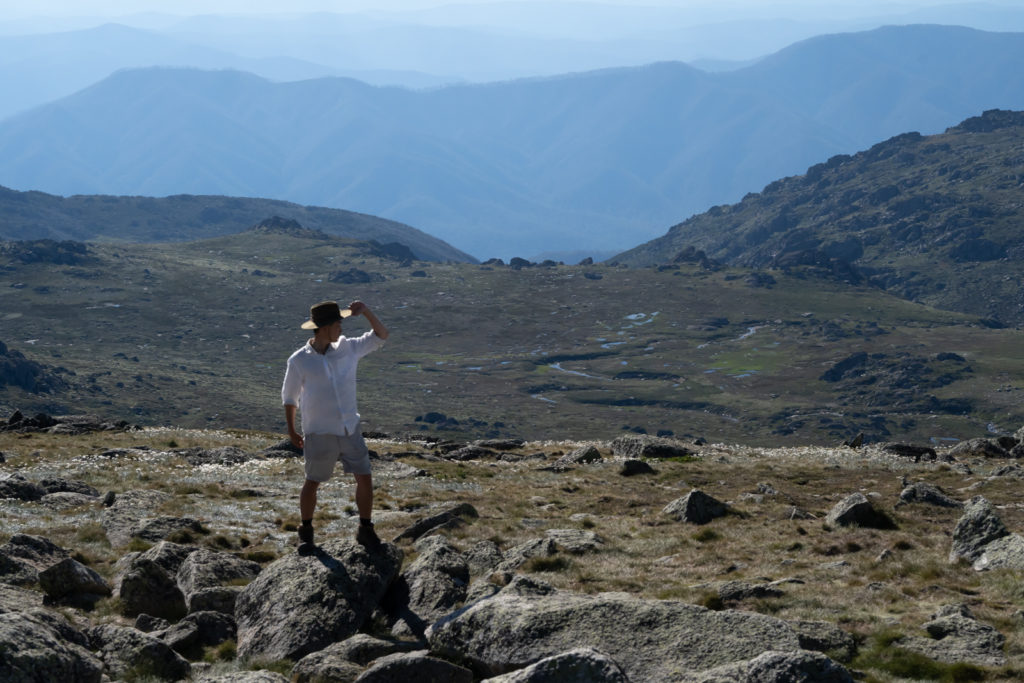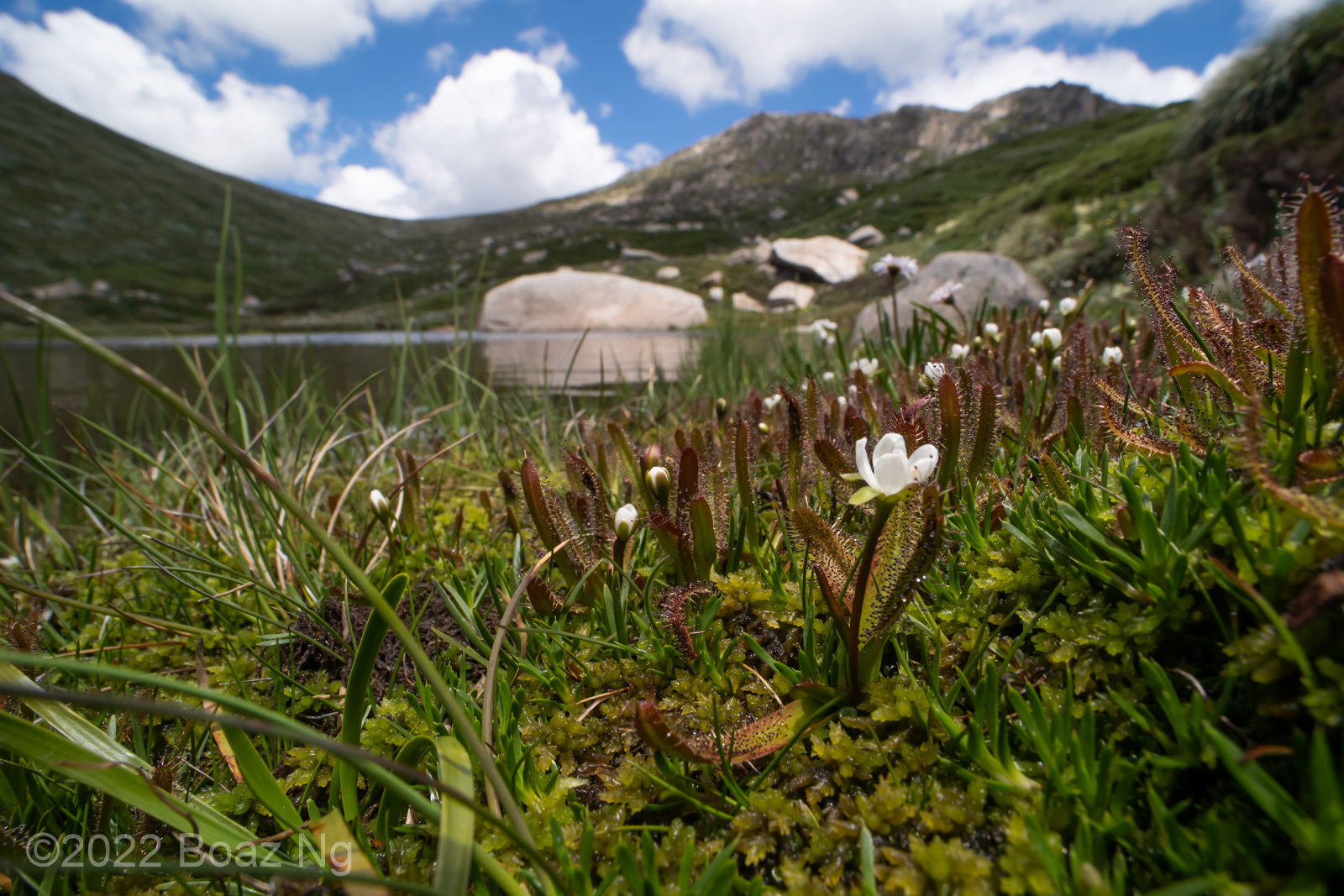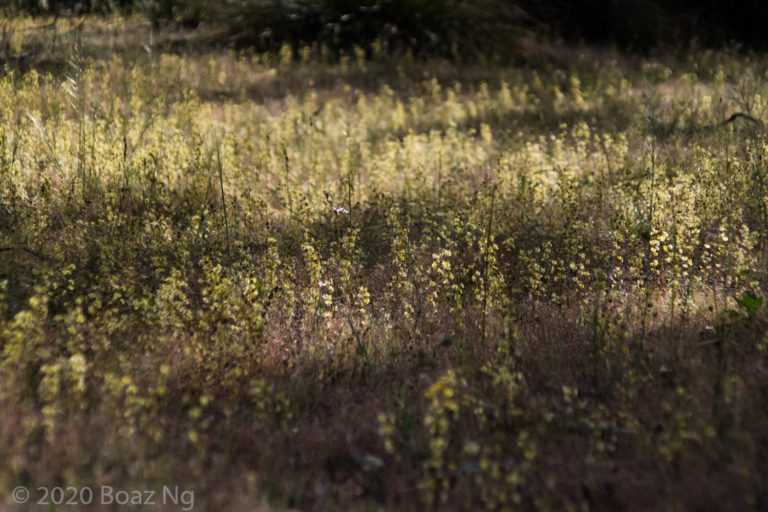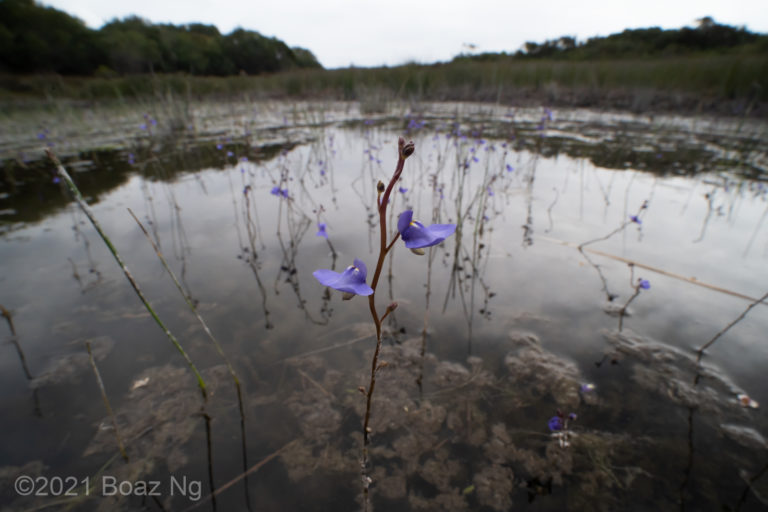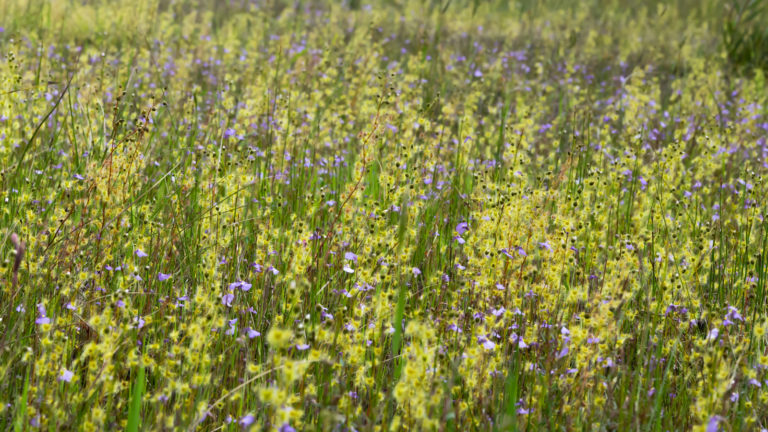In mid-January 2022, I went up to Australia’s highest mountain range in search of Drosera arcturi – a sundew that grows in the coldest parts of Australia and New Zealand. I arrived in the afternoon and had time to search around a valley around 1,800 meters above sea level. I found thousands of these plants growing in sloped seepages and sphagnum bogs. The night before, storms had swept through the region and elevated the level of the creeks. Some of the sundews that grow close to the water’s edge were actually inundated. Despite this, the plants looked perfectly fine and even continued to photosynthesise underwater.
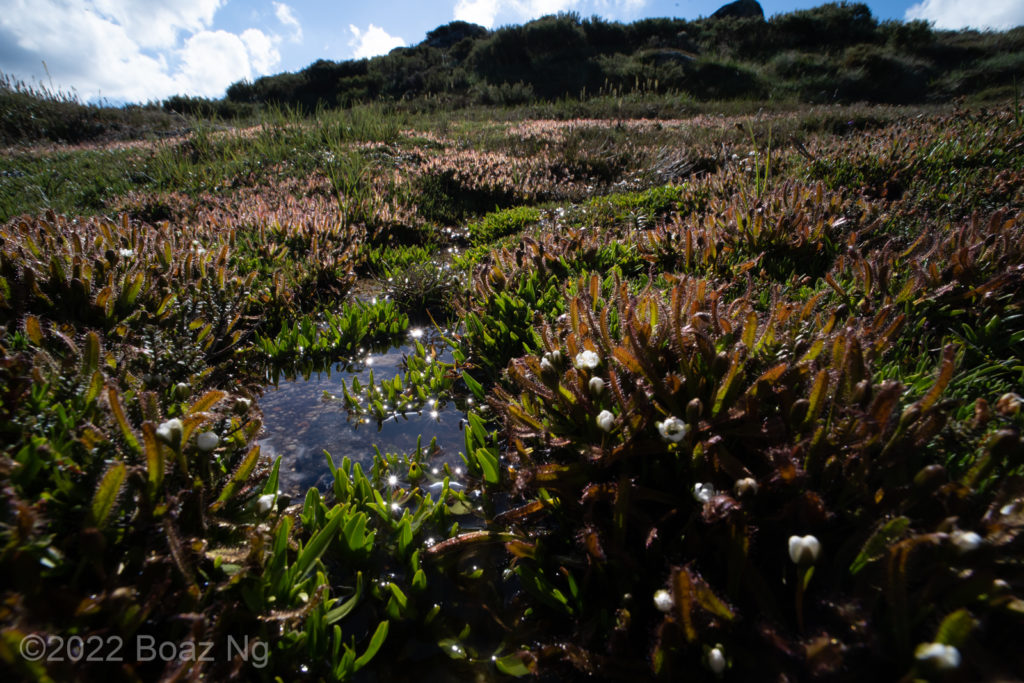
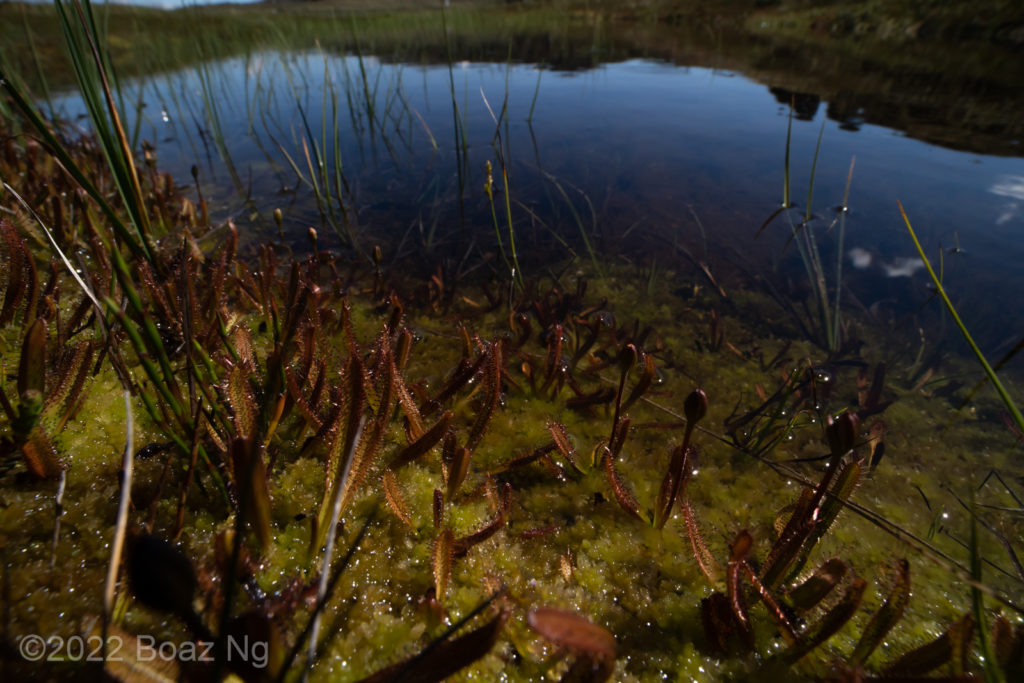
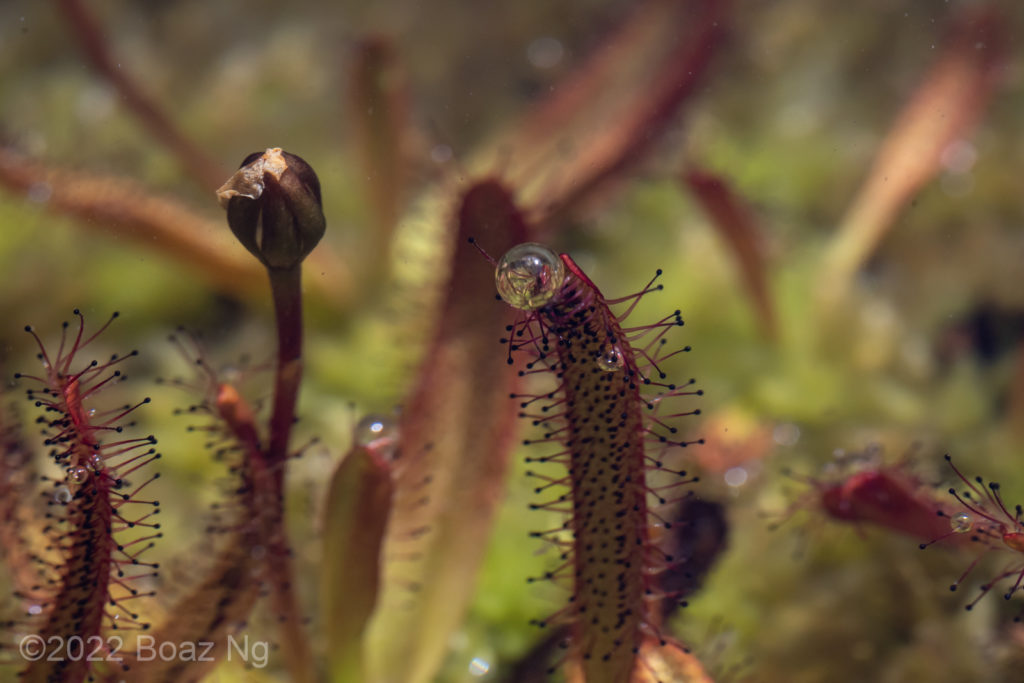
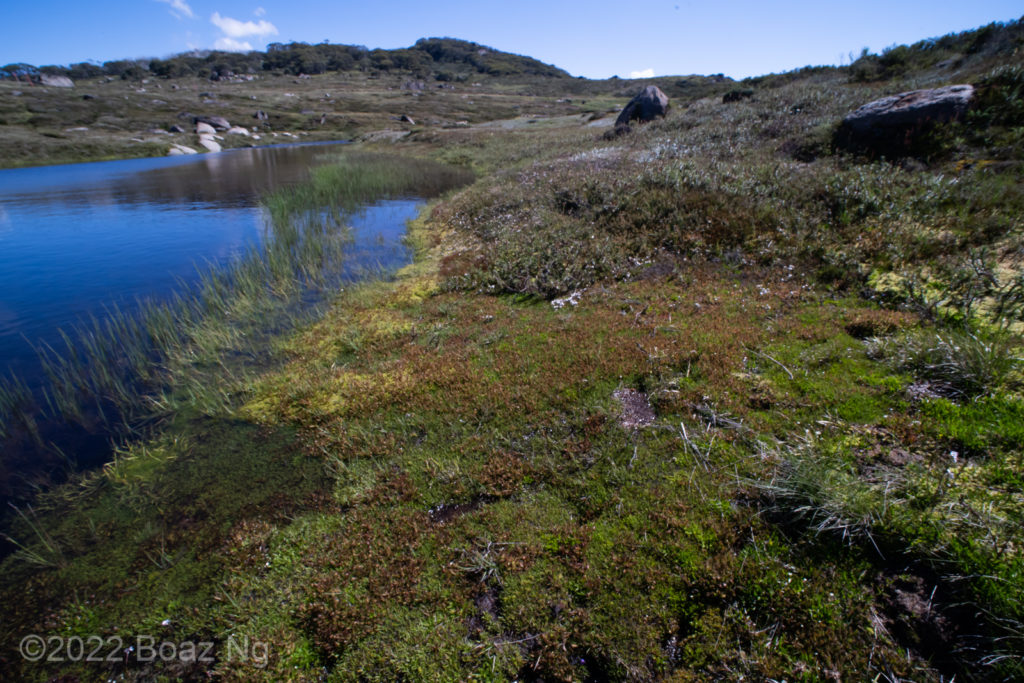
The following day I embarked on the Main Range Walk, which takes you up to Australia’s highest point Mt Kosciuszko at 2,228 m. I knew it was going to be a slow day since D. arcturi occupied every seepage along the trail and I was constantly stopping to take photos of the plants.
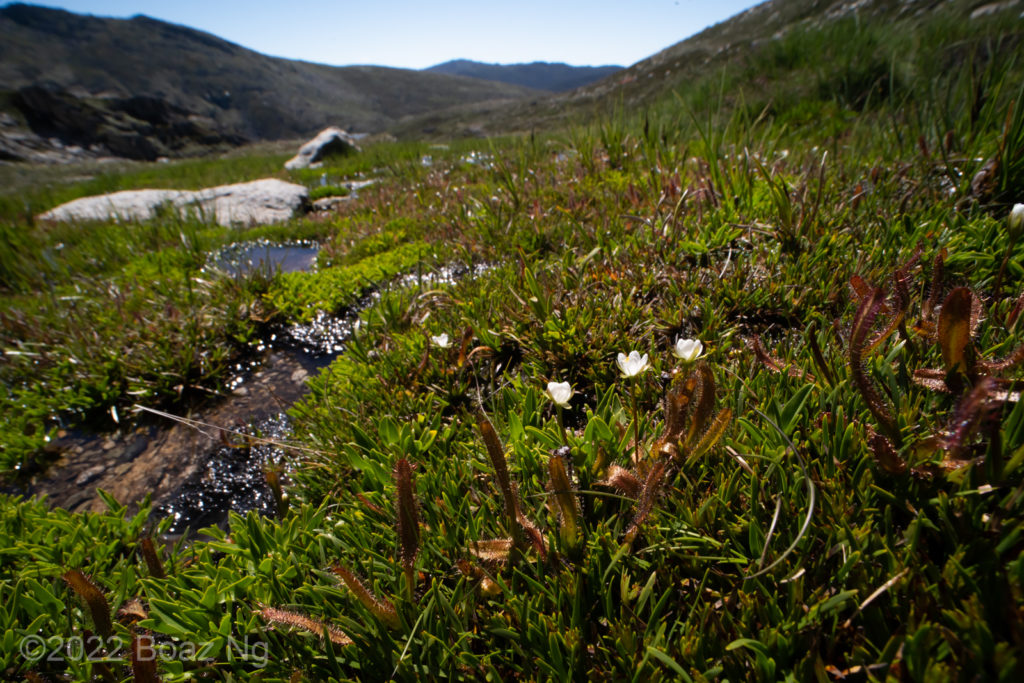
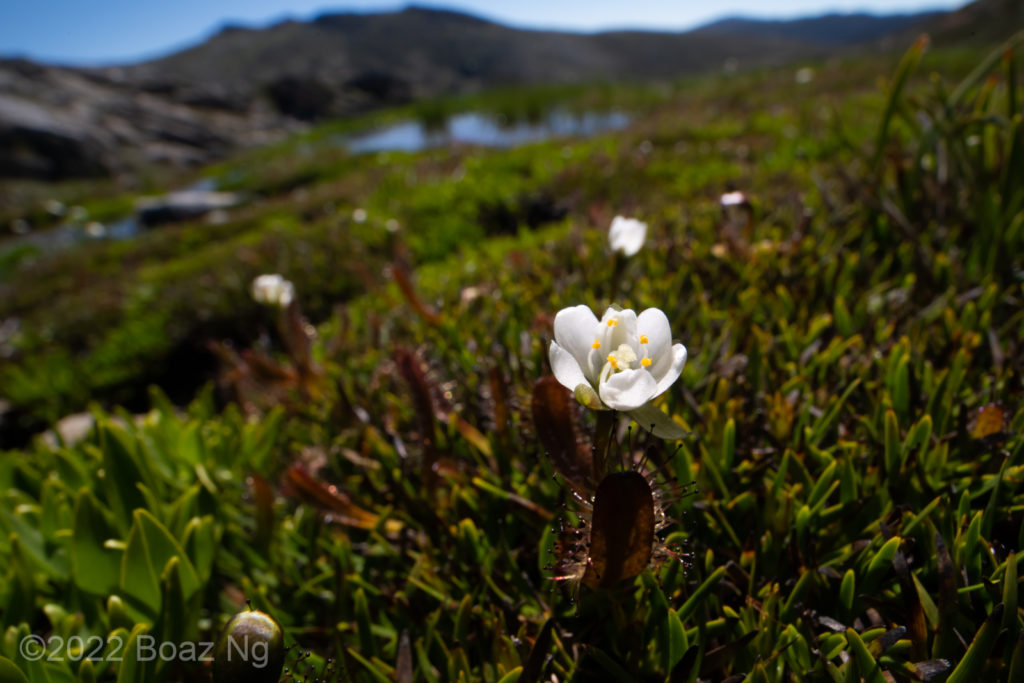
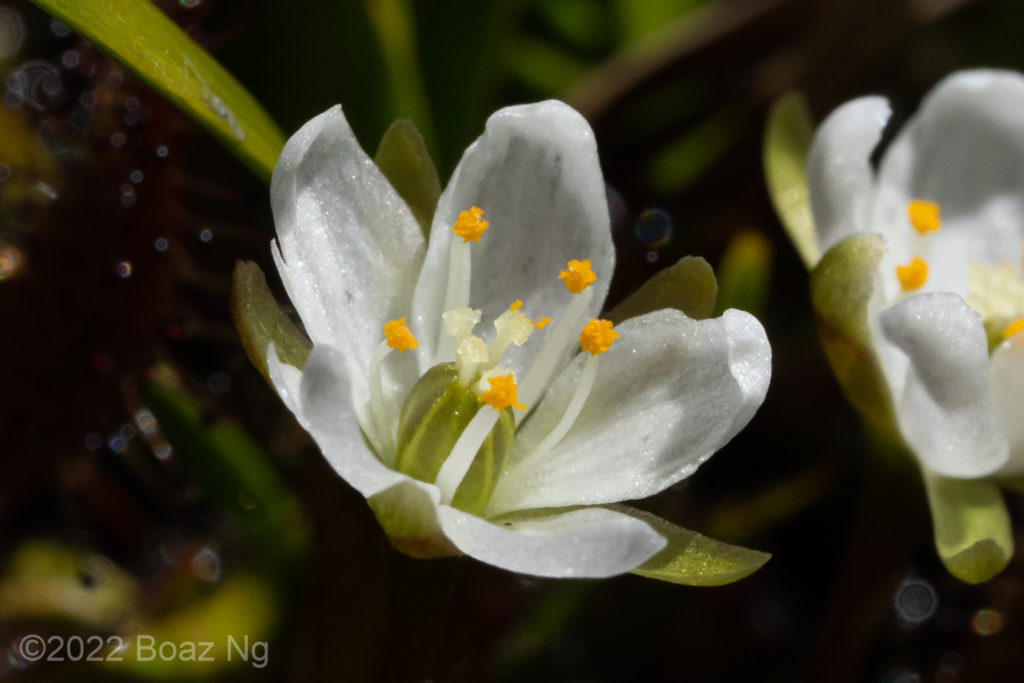
I was delighted to find that I had timed my trip perfectly to find the plants in full bloom! I decided to take a side-trip down one of the steep glacial valleys to a beautiful lake and was met by an astonishing amount of sundews growing in the seepages draining the valley walls and in the bogs around the lake.
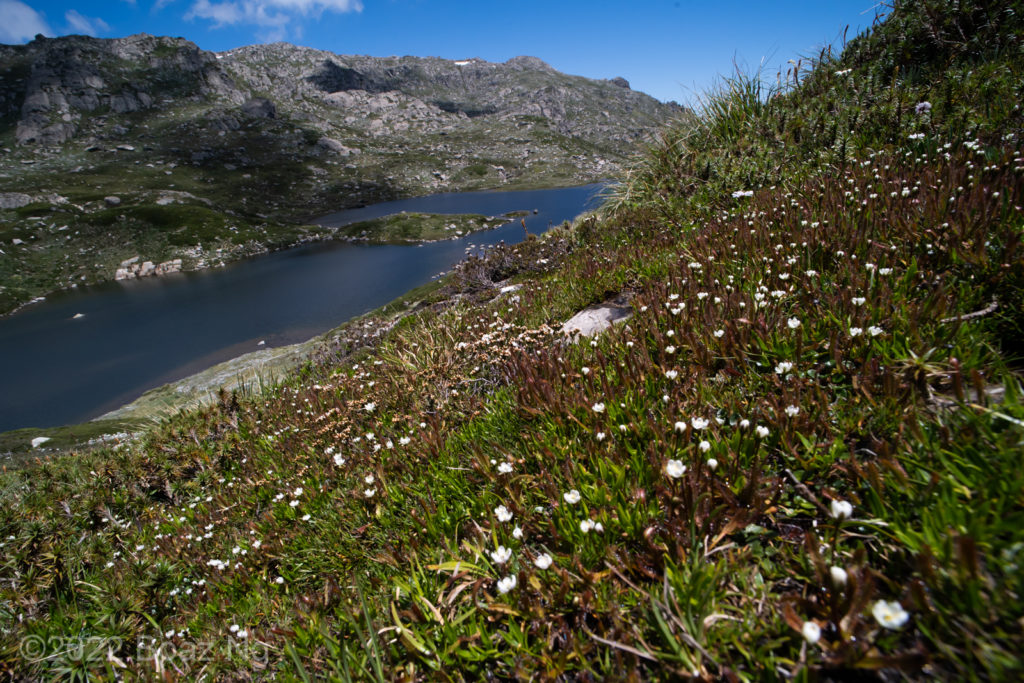
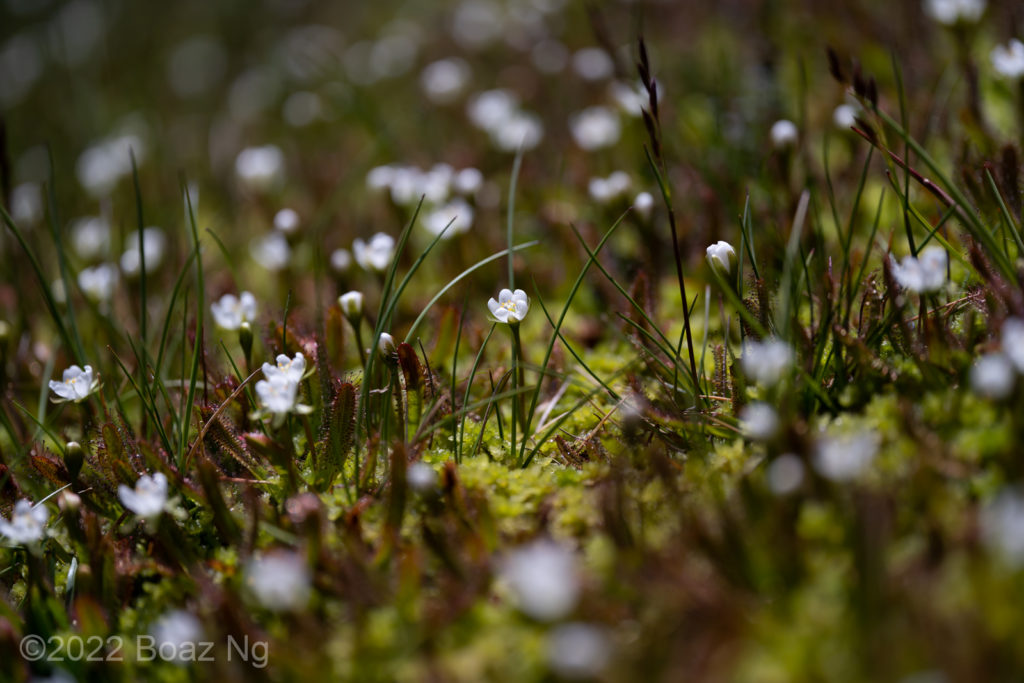
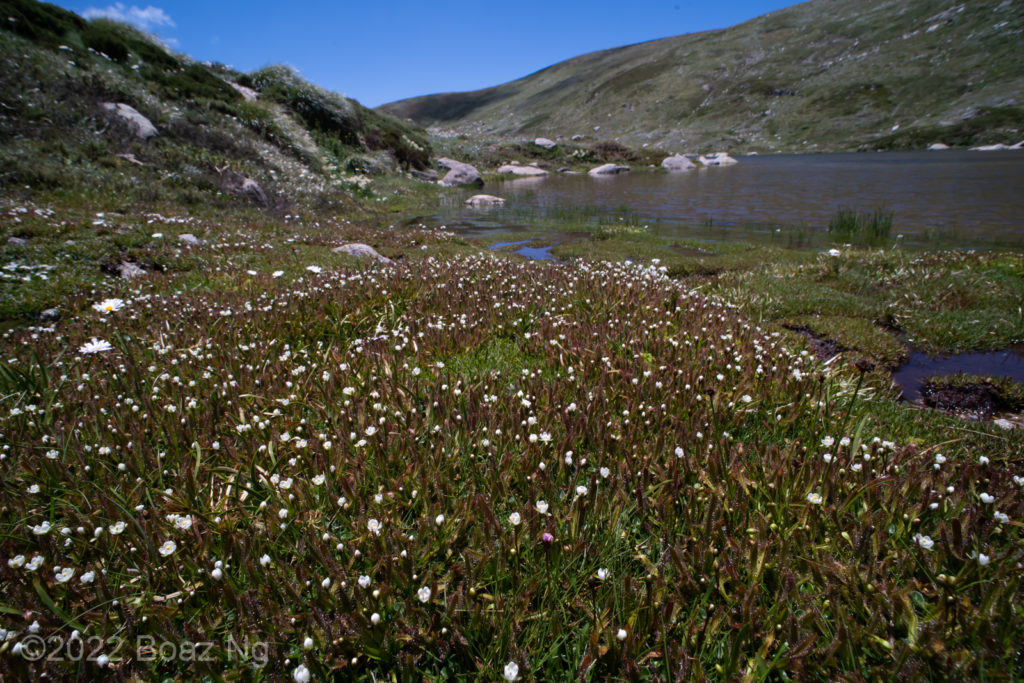
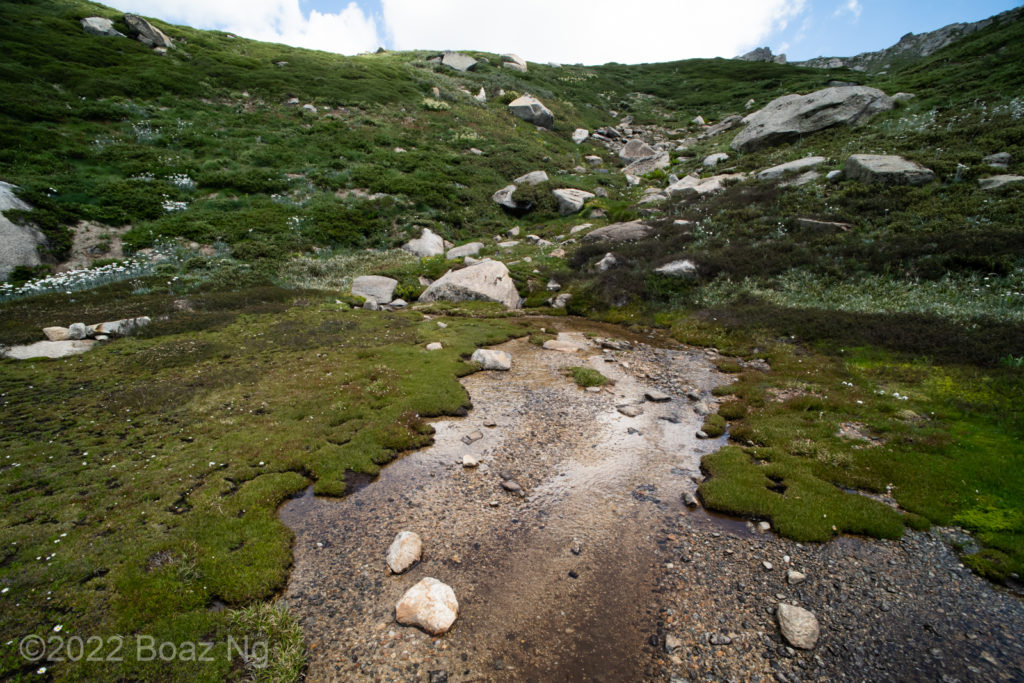
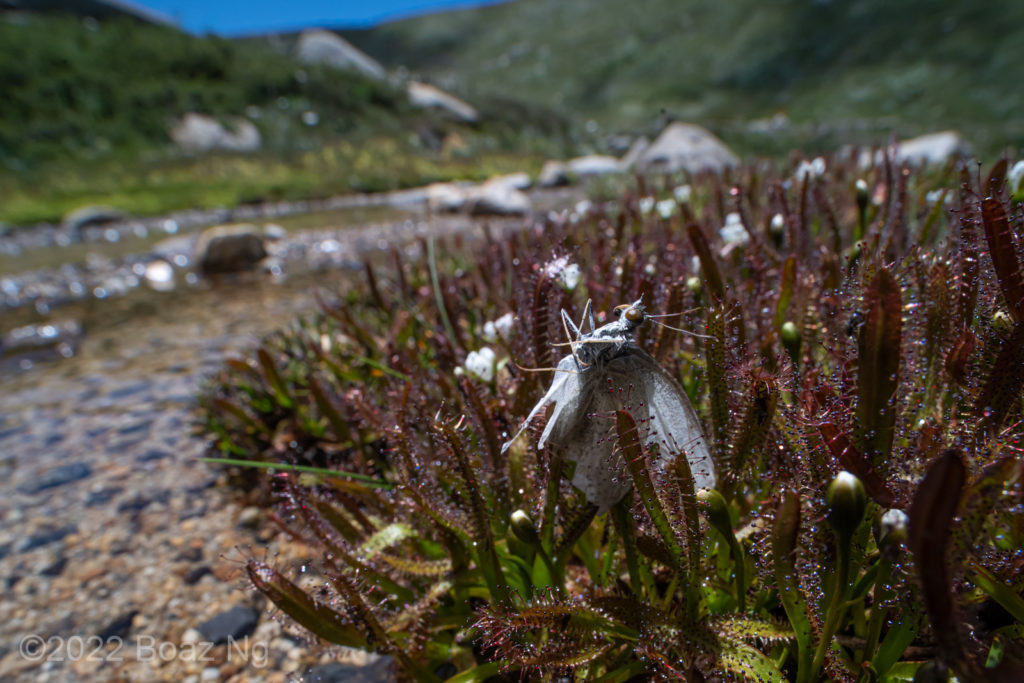
After a rather exhausting climb back up the valley walls, I continued to Mount Townsend, Australia’s second-highest mountain. By the time I made it to the saddle, I was already exhausted but the sight of sundews instantly rejuvenated me. This population is at 2,160 m asl – just 70 meters lower than the tallest peak. Could this be Australia’s highest population of carnivorous plants?
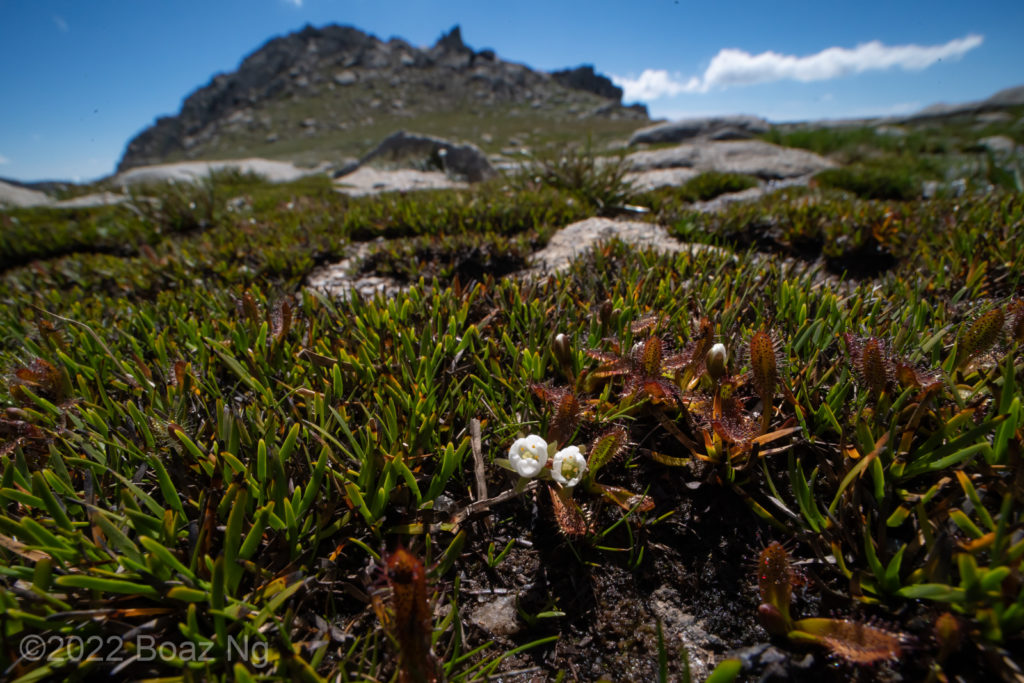
After taking all the side trips, it was not until 6pm that I actually summited Mt Kosciuszko. Hunting for carnivorous plants sure takes up a lot of time! After that, it was another tiring 2.5 hours of thankfully flat walking back to the car park but every step was worth it after having seen such beauty in Australia’s highest mountain range.
